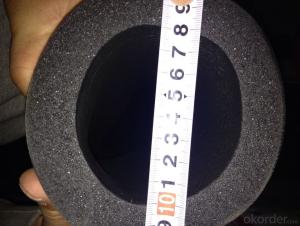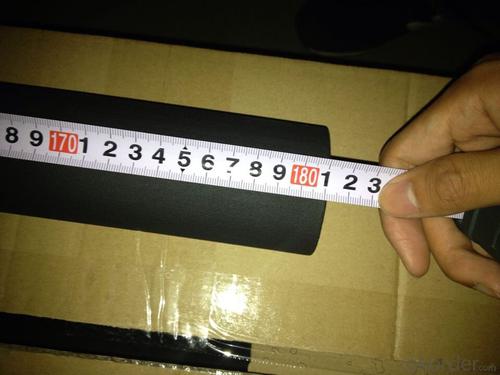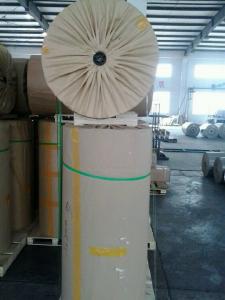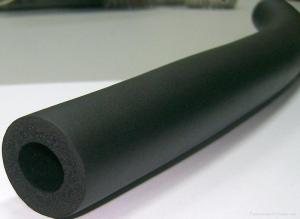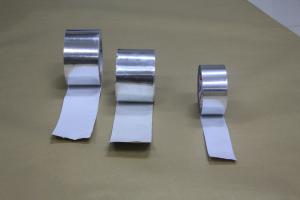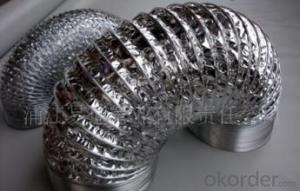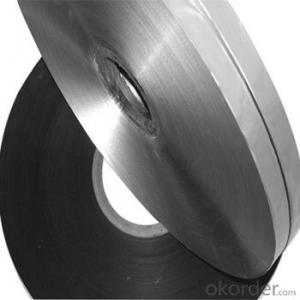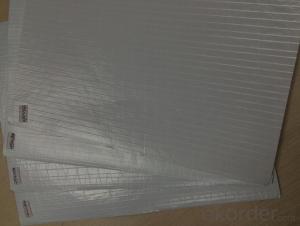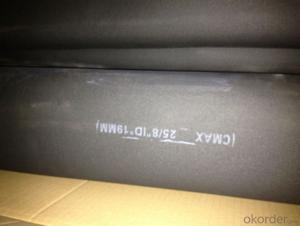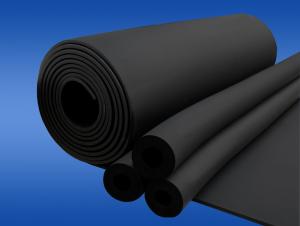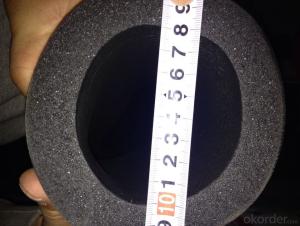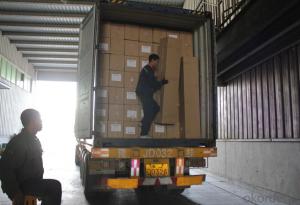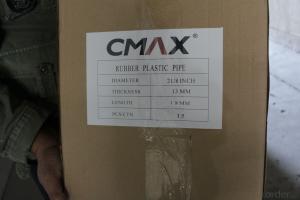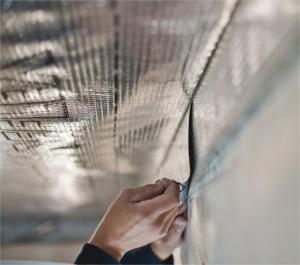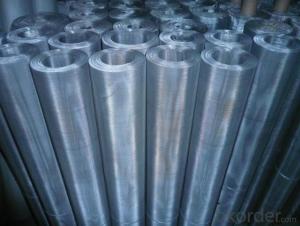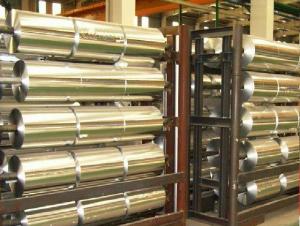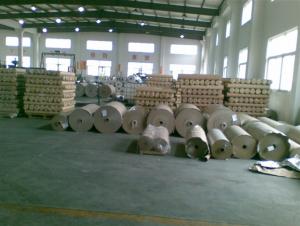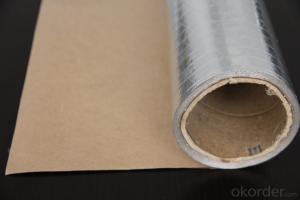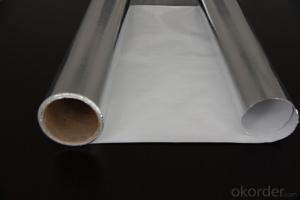Class 1 Rubber Plastic with Aluminum Foil Facing
- Loading Port:
- China Main Port
- Payment Terms:
- TT OR LC
- Min Order Qty:
- -
- Supply Capability:
- -
OKorder Service Pledge
Quality Product, Order Online Tracking, Timely Delivery
OKorder Financial Service
Credit Rating, Credit Services, Credit Purchasing
You Might Also Like
CMAX Rubber Plastic Product advantages:
Fire-blocking, Low Conductivity factor, Good pliability, Closed pore foaming, Good damp-proof property, Vibration resistance, Easy to install and beautiful appearance
| Item | Unit | Specification | Standard | |
| Density | Kg/m³ | ≤95 | GB/T6343 | |
| Oxygen index | % | ≥32 | GB/T2406 | |
| Flammability | SDR | —— | ≤75 | GB/T8627 |
| Conductivity factor | W/(m.k) | |||
| Average temperature | ||||
| -20°C | ≤0.031 | GB/T10294 | ||
| 0°C | ≤0.034 | |||
| 40°C | ≤0.036 | |||
| Watervapor permeability | Coefficient | g/(m.s.pa) | ≤2.8*10-11 | GB/T17146-1997 |
| Factor | —— | ≥7.0*10³ | ||
| Water absorption ratio in vacuum | % | ≤10 | GB/T17794-2008 | |
| Dimension stability | % | ≤10 | GB/T8811 | |
| 105±3°C,7d | ||||
| Crack resistance | N/cm | ≥2.5 | GB/T10808 | |
| Compression resilience ratio | % | ≥70 | GB/T6669-2001 | |
| Compression time 72h | ||||
| Anti-ozone | —— | Not cracking | GB/T7762 | |
| Ozone pressure 202mpa | ||||
| 200h | ||||
| Aging resistance | —— | Slightly crumpling, | GB/T16259 | |
| 150h | no cracks, | |||
| Temperature | °C | -40°C——110°C | GB/T17794 | |
- Q: This question asks for instructions on how to use aluminum foil as a wrapping material for food.
- <p>To use aluminum foil facing to wrap food, first ensure the foil is clean and free of tears. Cut a piece of foil large enough to fully cover the food item. Place the food in the center of the foil. Bring up the sides of the foil and fold them over the food, sealing the edges tightly to prevent air and moisture from entering. For more secure wrapping, double fold the edges or use a crimping technique. For items like fish or meat, you can also create a sealed pouch by folding the foil over the food, then folding the edges inward and crimping to close. Always handle food with clean hands or utensils to maintain hygiene.</p>
- Q: Is it safe and practical to reuse plastic food wrap materials after cleaning them?
- <p>Reusing food wrap materials after washing them is generally not recommended. Plastic wraps can lose their effectiveness as barriers against bacteria and air after one use. Washing them can also introduce bacteria and may not fully remove any residual food particles. For food safety and hygiene, it's better to use new, clean wraps each time.</p>
- Q: This question asks for methods to clean aluminum foil after it has been used for cooking and has old food stuck to it.
- <p>To remove old food from aluminum foil facing after cooking, start by letting the foil cool down to avoid burns. Then, use a plastic scraper or the edge of a credit card to gently scrape off the food particles. For stubborn residue, you can soak the foil in warm, soapy water for a few minutes before scrubbing with a soft sponge or cloth. Avoid using metal scrubbers as they can scratch the foil. After cleaning, rinse thoroughly and dry before storing or reusing.</p>
- Q: Explain the distinctions between aluminum foil facing and plastic wrap, including their composition, uses, and properties.
- <p>Aluminum foil facing is a thin layer of aluminum used for insulation, moisture protection, and as a barrier to light and air. It is commonly used in construction and food packaging for its heat and cold resistance. Plastic wrap, on the other hand, is made from plastic polymers like polyethylene and is primarily used for food storage, keeping food fresh by sealing in moisture and preventing contamination. Unlike aluminum foil, plastic wrap is transparent, clingy, and does not conduct heat, making it unsuitable for cooking or insulation purposes.</p>
- Q: The user is asking if it's possible to use aluminum foil with a reflective side facing out to cook a roast chicken.
- <p>Yes, you can use aluminum foil facing to make a roast chicken. The reflective side of the aluminum foil can help to retain heat and cook the chicken more evenly. However, it's important to note that the foil should not be in direct contact with the heat source for an extended period as it may cause the foil to melt or create a fire hazard. Make sure to monitor the cooking process and adjust the foil placement as needed to prevent any safety issues.</p>
- Q: What are the types of food that should not be cooked with aluminum foil facing?
- <p>There are certain types of food that should not be cooked with aluminum foil facing. Acidic foods, such as tomatoes and citrus fruits, can react with the aluminum and potentially release harmful compounds. Foods high in salt or spices can also cause a reaction with the aluminum, leading to the leaching of aluminum into the food. Additionally, cooking acidic foods at high temperatures can increase the risk of aluminum contamination. It's best to avoid wrapping these types of foods in aluminum foil when cooking, or to use the dull side of the foil facing away from the food.</p>
- Q: What precautions can be taken to prevent burns while using aluminum foil in cooking or baking?
- <p>To avoid getting burned when using aluminum foil for cooking or baking, follow these safety tips: Always handle the foil with utensils or wear heat-resistant gloves. Avoid touching the foil directly after cooking or baking, as it can retain heat. Use heavy-duty aluminum foil to prevent punctures and tears that can cause burns. Keep aluminum foil away from open flames or high heat sources to prevent it from catching fire. Always use caution when removing aluminum foil from an oven or stovetop, and let it cool slightly before handling.</p>
- Q: This question asks for a comparison between aluminum foil facing and other types of metal foil facing, focusing on their differences.
- <p>Aluminum foil facing is distinct from other metal foil facings due to its unique properties. It is lightweight, highly reflective, and offers excellent heat resistance. It's also non-toxic and has good barrier properties against oxygen and moisture, making it ideal for food packaging and insulation. Other metal foils, such as copper or stainless steel, may have different thermal or electrical conductivity properties, and are often heavier and less flexible. Copper, for instance, has higher electrical conductivity but is less common in foil applications due to cost and weight. Stainless steel foils are more durable and corrosion-resistant but are not as reflective or lightweight as aluminum. Each type of metal foil has specific applications based on its unique characteristics.</p>
- Q: This question asks about the safety of using aluminum foil facing for extended periods.
- <p>Using aluminum foil facing for long periods of time is generally safe, but it depends on the specific application and conditions. Aluminum foil is non-toxic and commonly used in cooking and food storage. However, prolonged exposure to high heat can cause the foil to break down, potentially releasing small amounts of aluminum into food. It's also important to avoid using aluminum foil with acidic foods as this can increase the leaching of aluminum. For best safety, use foil as directed by the manufacturer and replace it when it shows signs of wear or damage.</p>
- Q: Explain the distinct characteristics of aluminum foil facing compared to other metal facings.
- <p>Aluminum foil facing is a type of metal facing material that is made from thin sheets of aluminum, known for its light weight, high reflectivity, and excellent heat resistance. It is commonly used in construction for insulation and moisture protection. In contrast, other types of metal facings, such as steel or copper, may offer different properties. Steel facings are often stronger and more durable but can be heavier and less resistant to corrosion without protective coatings. Copper facings are known for their natural resistance to corrosion and can be used in applications requiring antimicrobial properties or high thermal and electrical conductivity. Each type of metal facing has its unique advantages and is chosen based on specific application needs.</p>
Send your message to us
Class 1 Rubber Plastic with Aluminum Foil Facing
- Loading Port:
- China Main Port
- Payment Terms:
- TT OR LC
- Min Order Qty:
- -
- Supply Capability:
- -
OKorder Service Pledge
Quality Product, Order Online Tracking, Timely Delivery
OKorder Financial Service
Credit Rating, Credit Services, Credit Purchasing
Similar products
Hot products
Hot Searches
Related keywords
